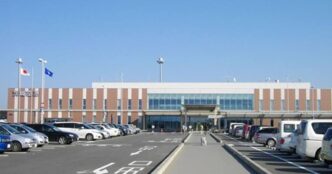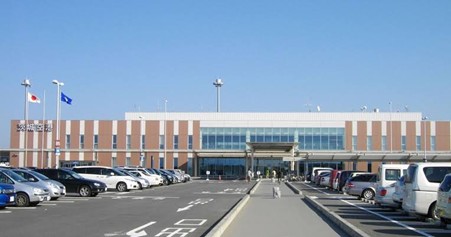Tokyo’s skies are getting crowded. With Narita and Haneda already stretched and projections showing both airports could reach maximum capacity by 2050—even after Narita’s ¥670 billion expansion—Japan is seriously exploring options for a third major airport to serve the capital.
Why a Third Airport?
Japan’s aviation demand continues to climb, driven by growing international tourism and domestic travel. The government has set its sights on welcoming 60 million foreign visitors annually in the coming decades, and officials see airport infrastructure not just as a convenience, but as a national survival strategy.
Narita and Haneda remain the core gateways, but both are approaching their physical limits. Adding capacity at either location involves immense costs, political hurdles, and limited land availability. The search for an alternative has led planners to look beyond Tokyo’s borders.
Ibaraki: A Practical Contender
Among several options, Ibaraki Airport is emerging as the most practical candidate. Unlike building an entirely new site from scratch, Ibaraki already has a functioning but underused airport that could be expanded at a fraction of the cost. Land acquisition would be cheaper, and crucially, the area is already connected to Tokyo via the Joban Line railway.
Supporters argue that Ibaraki is closer than many Tokyo residents think. For people living in the Kashiwa area, the journey to Ibaraki Airport could actually be quicker than the trip to Narita. With upgraded express services, travel times from central Tokyo could be reduced further, creating a Narita-style setup where passengers land outside the city but reach the capital swiftly by train.
Other Options on the Table
Alternative sites have been floated in Saitama, Tochigi, and even Yamanashi. However, these locations face significant drawbacks: they would require massive new rail construction and extensive land acquisition, making them costly and time-consuming to develop.
By contrast, Ibaraki’s existing infrastructure gives it a head start. It represents a balance between affordability, speed of implementation, and long-term scalability.
Looking Ahead
Japan’s tourism officials are clear: expanding aviation capacity is about more than convenience. It’s about maintaining the country’s global competitiveness, ensuring smooth access for millions of future visitors, and supporting the broader economy.
If Ibaraki is chosen, it could redefine perceptions of Tokyo’s connectivity—transforming what is now a little-known regional airport into a central player in Japan’s aviation network.
For now, the debate continues, but one thing is certain: Tokyo will need more than Narita and Haneda to handle the skies of 2050. Source:https://www.facebook.com/share/1CWdQQ6dcc/?mibextid=wwXIfr
















